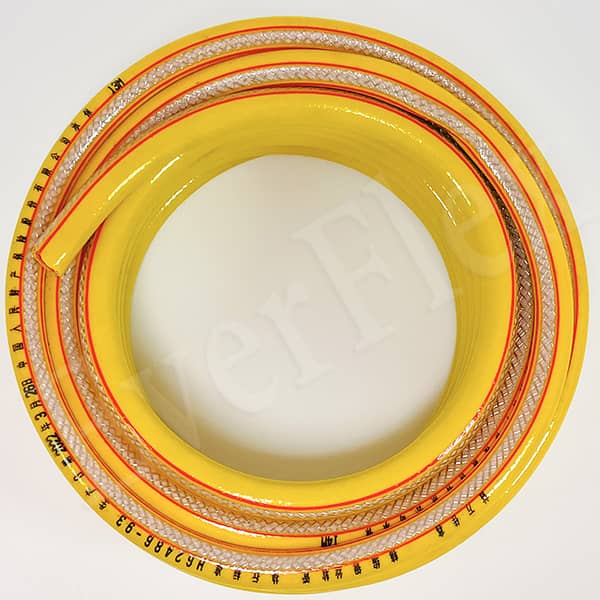The hose connecting your natural gas supply to the stove is critical for safety. Two main types dominate the market: rubber gas hoses and stainless steel gas hoses. Let’s break down their differences, pros, and cons to help you choose wisely.
Natural Gas Rubber Hoses
Regulatory Concerns: Many local laws restrict or ban rubber hoses near furnaces due to fire hazards. High heat from stoves causes rubber to age rapidly, cracking and leaking gas over time.
Mechanical Risks: Bending, pinching, or folding the hose can disrupt gas flow. Even a slightly loose clamp on the interface can lead to leaks, posing explosion or fire risks.
Cost and Lifespan:
Pros: Inexpensive, widely available.
Cons: Short lifespan (18 months max). Requires frequent replacement, increasing long-term costs.
 Stainless Steel Gas Hoses
Stainless Steel Gas Hoses
Recommended by safety standards, stainless steel hoses offer superior durability:
Structure: Made of three layers, a joint, mesh sleeve, and stainless steel bellows. It resists heat, corrosion and physical damage.
Key Advantages:
Heat Resistance: Withstands stove temperatures without aging or releasing toxins.
Flexibility: Smooth, kink-free design ensures consistent gas flow, even in tight spaces.
Safety Features:
Metal construction prevents rodent bites and sharp object punctures.
Long lifespan (6–8 years), reducing replacement frequency.

 Stainless Steel Gas Hoses
Stainless Steel Gas Hoses




